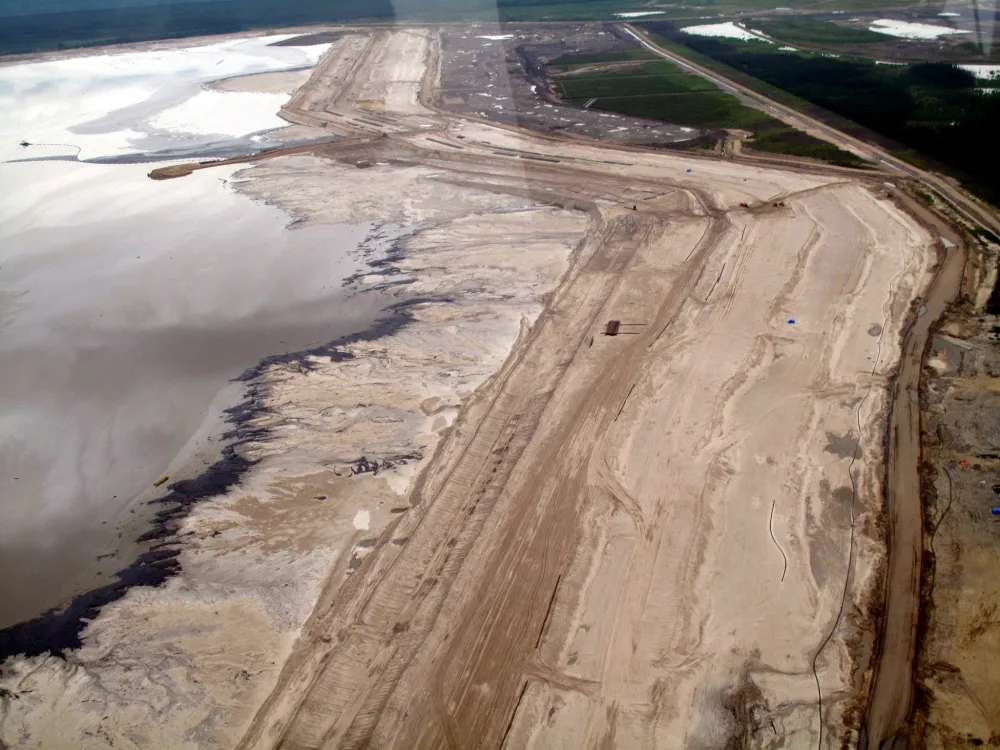EDMONTON — Jodi McNeill, technical and policy analyst at the Pembina Institute, made the following statement in response to the Alberta Energy Regulator’s (AER) latest tailings management plan approval:
“This is the fifth approved tailings management plan that doesn’t comply with the AER’s Directive 085. Syncrude’s plan relies on composite tailings (CT) and water capping to treat its tailings. The AER questions whether CT deposits can support final closure landscapes, and water capping is an unproven technology that is not authorized by the regulator.
“Rather than rejecting this high-risk and non-compliant plan, the AER has granted Syncrude a grace period to 2023 to submit a new one. This means there will be minimal oversight of Syncrude tailings management until then.
“By approving Syncrude's plan, the Alberta government is continuing the 50-year trend of using an extremely relaxed regulatory approach for managing oilsands tailings based on weak or non-existent targets and metrics, insufficient transparency, and few clear penalties for non-compliance. Tailings ponds in the oilsands mining sector represent a substantial amount of the estimated $27 billion in liabilities, of which only $1 billion is currently held in securities by the province.
“Despite the fact that the public is exposed to a significant level of financial and environmental risk, regulatory stringency in addressing this ever-worsening problem remains elusive.”
[30]
Contact
Technical and Policy Analyst, Pembina Institute
403-919-1229
Communications Lead, Pembina Institute
587-585-4522
Background
Website: Pembina Institute on Tailings Ponds
OpEd: Canadians need better protection from oilsands cleanup liabilities




